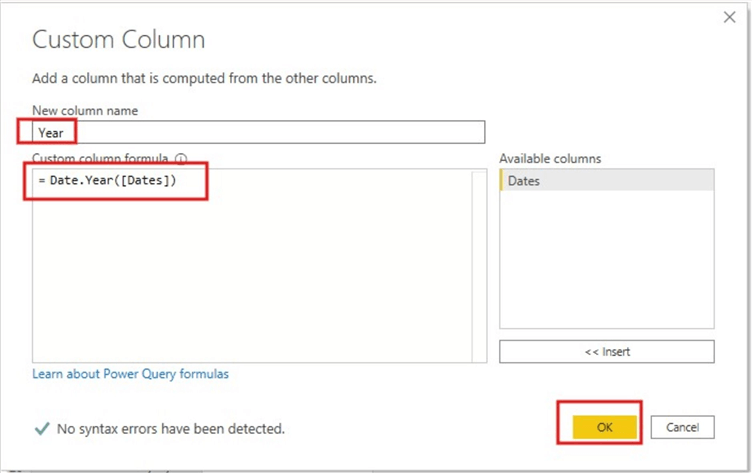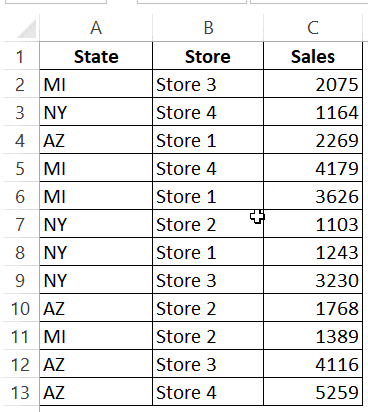
Release the mouse and the column order will be reversed. Left-click and hold the last column and drag the mouse to the right of the last column. Select the last column in the table, hold the Shift key, and then select the first column in the table.

Let’s say that I have a master sheet of all technical support questions posed in 2013, with a column called Assigned To.

In this way, Excel can act as a functional database by using a component called Microsoft Query. I have also thought about saving the excel spreadsheet after refreshing it with only one column returned from the procedure, and locking the spreadsheet so it cannot be saved, so that each time it loads it load every column as a new column. You can use this same basic technique to quickly reverse the order of all (or some) columns. Excel has an excellent, underutilized way to take data from a master sheet and capture subsets of that data on other sheets. How can I, not using VBA if possible, have it always load the columns in the order in which they are returned from the SQL data set. Select the column range you need to reorder it, then put the cursor on the border of the selection. Here we drag the Date column before the Name column. When you close Power Query, Excel prompts you to keep or discard the query. Ive even got a rownumber column in the data but I cant sort by it. Meanwhile, you can see the cursor turns into a cross arrow, please hold the Shift key, and then drag and drop the selected column to the new position. In this case, name the column Total Sales Amount The table in each row is. The COUNTROWS and ALL functions count all the rows of the Customers table e. If I remove the external data set and re-add it from the Existing Connections screen, that works. Select the column range you need to reorder it, then put the cursor on the border of the selection.

Descending order (text is Z-A, number is highest to lowest, and date is newest to oldest). The annoying problem I face is that when I add columns, they always appear at the right most position to previous columns in the external data table regardless of their actual position in the data set. Ascending order (text is A-Z, number is smallest to largest, and date is oldest to newest). and define columns in the order you want as : Table.SelectColumns(col1,col2. It works, and I have to be able to use excel for this so please don't try convincing me to change that. you can use Table.SelectColumns function in M query. This allows me to change the underlying view when they want additional information, and the column will automatically appear the next time they refresh. You create a reference by adding a column of type Ref to a table and specifying. The formatting of problematic column in the Query Editor: Select the query on the 'Queries & Connections' pane > Edit > Select column on the preview table > Right Click > Change Type > The current formatting type is checked.
#EXCEL QUERY TABLE COLUMN ORDER SERIES#
Finally, I closed the bracket for the Table.We have a series of quick "reports" which are just auto-refreshing excel spreadsheets which link to views in SQL Server. For example, an order capture app might contain the following tables. Furthermore, I deployed two curly braces and specified the columns inside double quote, to sort on in ascending and descending order respectively. In the above syntax, I typed the Table.Sort with open parenthesis and placed a comma after the last close bracket of the Table.RemoveColumns. Table.Sort sorts columnar data in table using the list of one or more column names and optional comparison criteria in the form of ) Then, you can load your query into Excel to create charts and reports.
#EXCEL QUERY TABLE COLUMN ORDER HOW TO#
In this tutorial, we will learn how to deploy the Table.Sort Table.Sort Power Query M Function to sort multiple columns. With Power Query (called Get & Transform Data in previous Excel versions), you can import or connect to external data, and then shape that data, for example remove a column, change a data type, or merge tables, in ways that meet your needs.


 0 kommentar(er)
0 kommentar(er)
